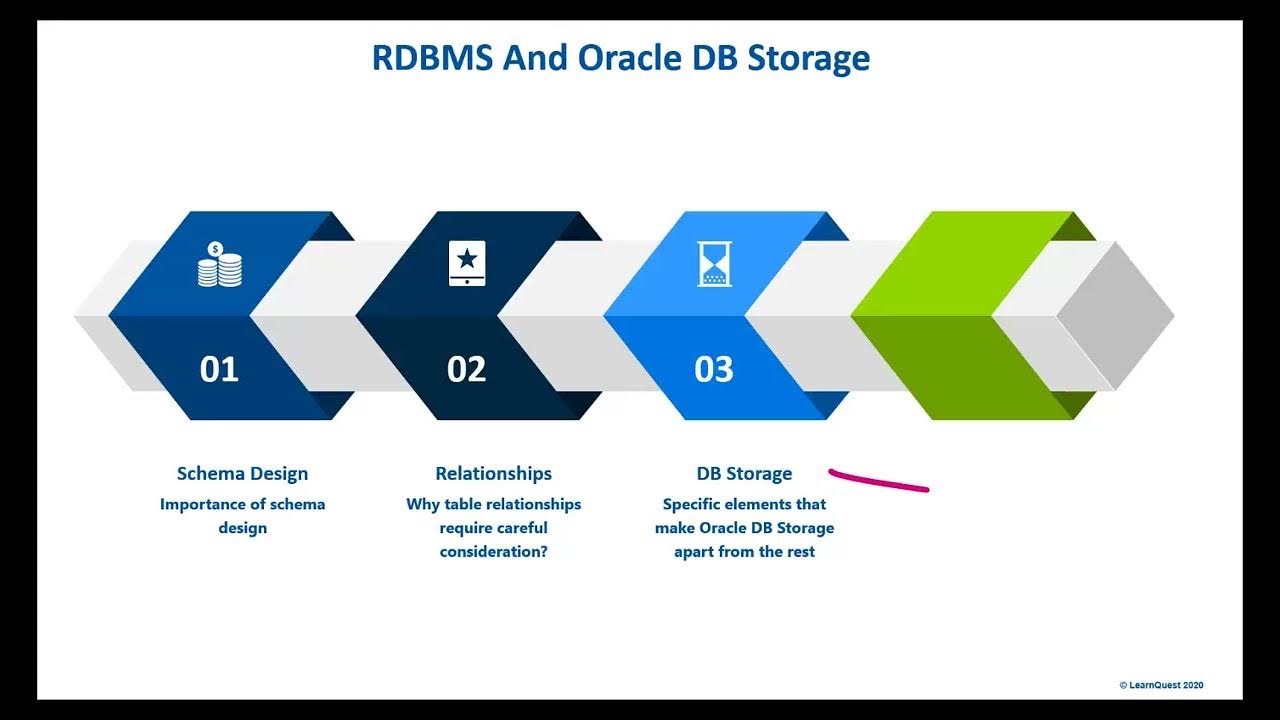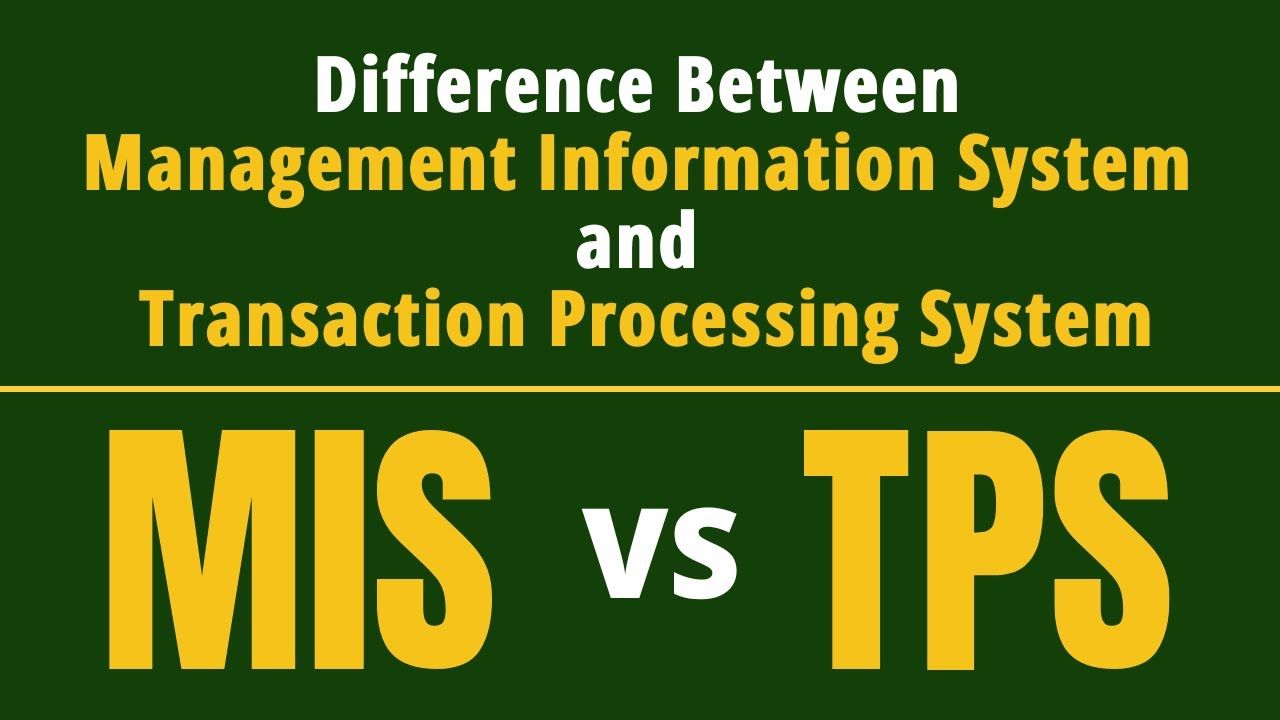Lecture 31: Transactions/1 : Serializability
Summary
TLDRThe script discusses database management systems, focusing on the concept of transactions. It explains how data is physically read, modified, and written back to the database. The video emphasizes the importance of ACID properties—atomicity, consistency, isolation, and durability—necessary for maintaining database integrity during concurrent transaction processing. It also explores the potential issues that arise from concurrent transactions and how they can lead to inconsistent database states if not managed properly.
Takeaways
- 📚 The script discusses database management systems and how data is physically written, read, and transformed within the system.
- 🔍 It focuses on the concept of a transaction, which is a series of operations that the database system performs, ensuring that data is consistent and accurate.
- 💡 The importance of transactions is highlighted, with examples given to illustrate how they manipulate data, such as transferring money between accounts.
- 🔑 The ACID properties of transactions are introduced as crucial for maintaining database integrity: Atomicity, Consistency, Isolation, and Durability.
- 🔄 Atomicity ensures that all parts of a transaction are completed successfully or not at all, maintaining data integrity.
- 🔗 Consistency means that a transaction will transition the database from one valid state to another, without corruption.
- 🏭 Isolation deals with the visibility of transaction operations to other transactions, ensuring that concurrent transactions do not affect each other in an undesired way.
- 🔒 Durability ensures that once a transaction has been committed, it remains so, even in the event of a system failure.
- 🤝 The script also touches on the challenges of concurrent transactions, such as ensuring that multiple users operating on the same data do not create conflicts or inconsistencies.
- 💻 The concept of schedules and serializability is discussed, which is a method to ensure that concurrent execution of transactions does not lead to inconsistent results.
Q & A
What is the primary focus of the discussion in the script?
-The primary focus of the discussion is on database management systems, specifically how data is accessed and the concept of transactions within these systems.
What is a transaction in the context of database systems?
-A transaction in database systems refers to a sequence of operations performed as a single logical unit of work. It involves reading, changing, and then writing data, and is crucial for maintaining database consistency and integrity.
Why is it important to focus on what happens during a database transaction?
-Focusing on what happens during a database transaction is important because it helps ensure the accuracy and consistency of data. It also ensures that the database can recover from any errors or failures that may occur during the transaction process.
What are the four key properties of a transaction known as ACID properties?
-The four key properties of a transaction, known as ACID properties, are Atomicity, Consistency, Isolation, and Durability. These properties ensure that the database maintains its integrity and remains consistent even in the event of errors or concurrent access by multiple users.
What does Atomicity in transactions ensure?
-Atomicity ensures that all operations within a transaction are completed successfully; if one operation fails, the entire transaction is rolled back, leaving the database as if the transaction had never occurred.
How is Consistency maintained in database transactions?
-Consistency is maintained by ensuring that a transaction brings the database from one valid state to another while adhering to all defined rules, constraints, and prerequisites.
What is the purpose of Isolation in database transactions?
-Isolation ensures that concurrent transactions are executed in a way that the outcome is the same as if they were executed sequentially, preventing inconsistent states from being seen by other transactions.
Why is Durability important in database transactions?
-Durability ensures that once a transaction has been committed, it remains so, even in the event of power loss, crashes, or errors. The changes made by the transaction become permanent and are not lost.
How do concurrent transactions affect the database?
-Concurrent transactions can lead to issues like data inconsistency if not managed properly. They can interfere with each other, leading to scenarios where the database's state may not reflect the expected outcomes, thus violating ACID properties.
What is the significance of the term 'interleaving' in the context of concurrent transactions?
-Interleaving refers to the execution of instructions from different transactions in an order that is not sequential. This can lead to inconsistent database states if not properly managed, as transactions may depend on the order of operations.
How can database systems ensure that transactions do not violate ACID properties despite concurrent executions?
-Database systems can ensure that transactions do not violate ACID properties by implementing mechanisms such as locks, transaction queues, and write-ahead logging. These techniques help in controlling access to data and maintaining the order and integrity of transactions.
Outlines

此内容仅限付费用户访问。 请升级后访问。
立即升级Mindmap

此内容仅限付费用户访问。 请升级后访问。
立即升级Keywords

此内容仅限付费用户访问。 请升级后访问。
立即升级Highlights

此内容仅限付费用户访问。 请升级后访问。
立即升级Transcripts

此内容仅限付费用户访问。 请升级后访问。
立即升级浏览更多相关视频

Sistem Manajemen Database Ke 2

ADBMS: Unit 1: Lecture 1: Database Concepts, Introduction to Transaction Control Language.

What You Will Learn in Module 4

3.1 Functional Dependency in DBMS | Functional Dependency explained

Транзакции | Введение | ACID | CAP | Обработка ошибок

Management Information System vs Transaction Processing System | Difference between TPS and MIS | 8
5.0 / 5 (0 votes)
